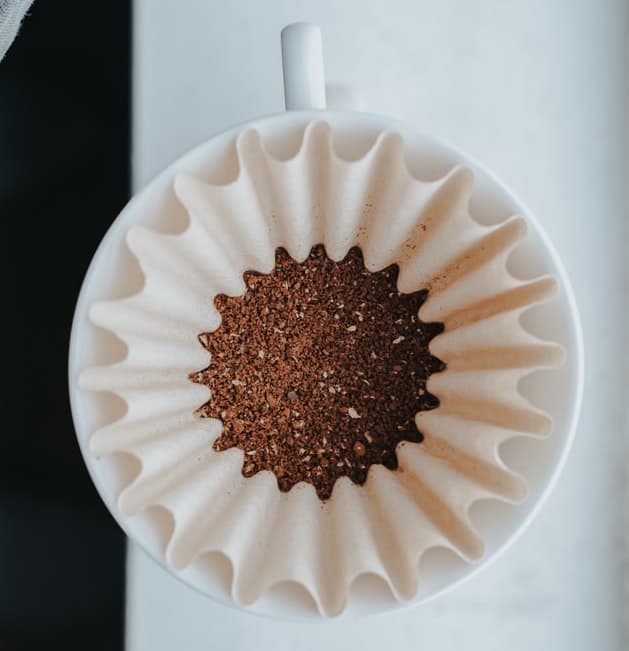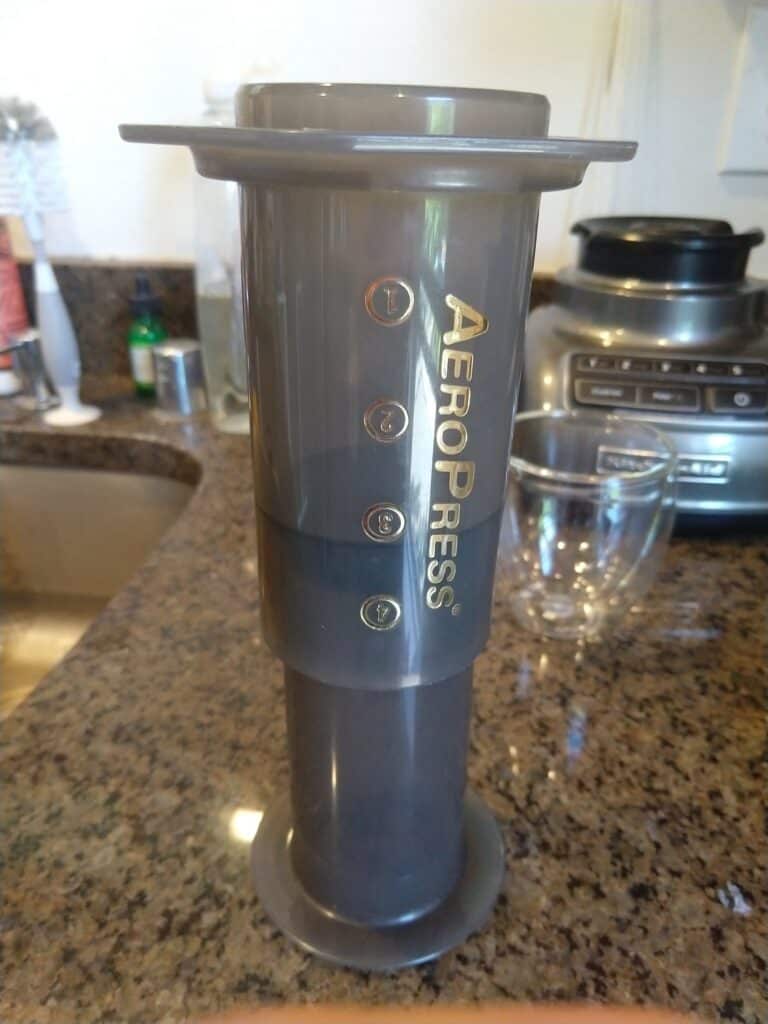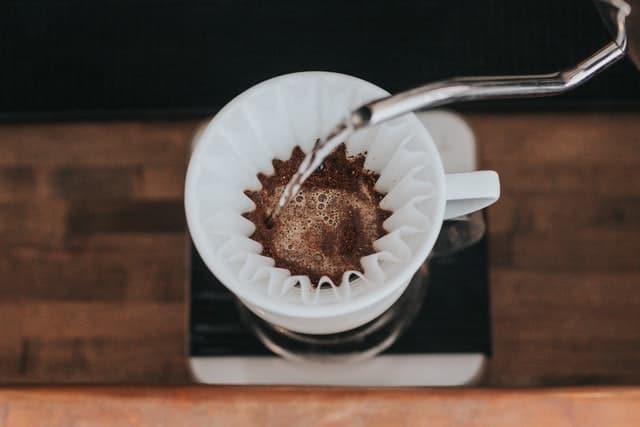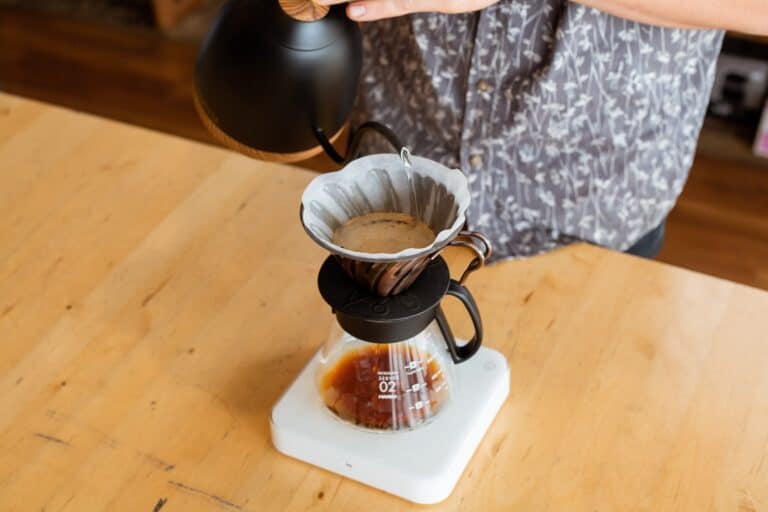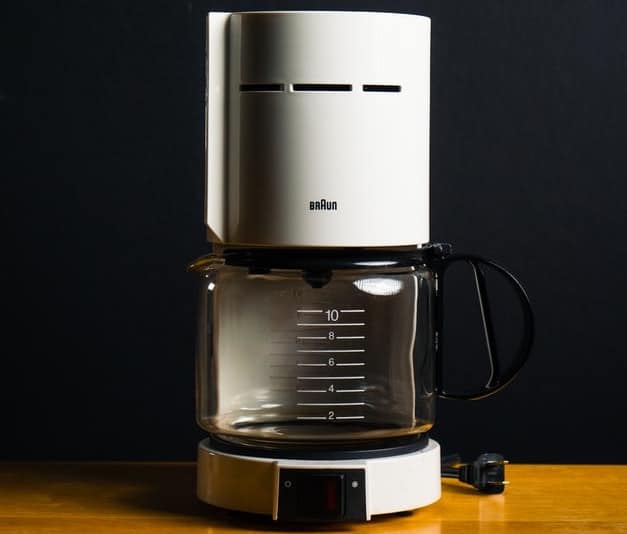No Coffee Filter? These 4 Alternatives Work In A Pinch
Coffee is a staple in my life and probably in yours, too. Whether you’re waking up, starting your day, or need an afternoon pick-me-up, coffee provides the boost we all need to get through the day.
But what if you’ve run out of filters?!
These 4 alternatives will at least do the trick.
Fair warning: the results won’t be as good as using a filter, but they do beat going without your coffee fix.
Contents
1. Skip filtering & boil your brew
The easiest solution is to forget about filtering altogether. Your grandparents probably made coffee by simply simmering the grounds in how water, then pouring gently to avoid agitating the sediment.
And to this day, Turkish coffee (like other ancient, traditional styles) is made in basically the same way.
You can even get creative and boil sugar, spices or other coffee-friendly flavors in the same pot.
This old-school boiling approach won’t give the clean, light cup you’re used to with filtered coffee. But it will definitely deliver a flavorful brew.
Pro tip: if you’re grinding fresh, then use a much coarser grind than normal. This will minimize the sediment and make it easier to keep it out of your mug. A ratio of roughly 70 grams of coffee per liter of water, simmered for 5 minutes, should give you a strong and tasty brew. You can always dilute it, too.
2. Try household paper, like napkins or paper towels
If you don’t want the sludge of boiled coffee, then you can improvise a filter alternative with a few paper napkins or paper towels. Simply fold them into quarters and stack them in your coffee filter, taking care not to leave gaps around the edges that a filter normally covers.
They’re much weaker than coffee filters when wet, so you’ll probably need to use more than one. Of course, it depends on how thick and sturdy your particular napkins/towels are.
And that leads to one huge caveat…
Different paper towels and napkins are treated and processed in totally different ways. Some will disintegrate into your brew(!) or contribute off-flavors from chemicals; others will do a reasonable job.
This is by far the least predictable option, so don’t use it unless you have coffee (and patience) to spare!
It takes a little experimentation, and might spoil a batch while you figure out the right thickness, but it can be the closest thing to normal paper filters.
3. Use (clean) clothing
Did you know that reusable cotton coffee filters are actually pretty popular?
You probably don’t have one sitting around, but you can apply the same principle using a sock or a thick t-shirt. If it fits your brewer appropriately—and is actually clean!—then it’s fair game.
Avoid synthetic fabrics, which may or may not do well under the heat of boiling water. Also think twice about anything treated with fabric softener, which tends to linger on the fabric and might make for a very strange taste.
Pro tip: you can even combine this with the boiling method! Simply use the sock (or tied-off shirt) like a giant tea bag, which will hold most of the grounds in place and thus keep the sediment to a minimum.
4. Get a non-paper filter for next time
Lots of us are trying to reduce waste. From carrying around a reusable water bottle to bringing your own bag when you go shopping, you can do your part to reduce how much of this planet gets consumed and thrown away.
To that end, if your goal is to avoid disposable filters in general, then there are reusable coffee filters that you can consider. They might not be as convenient as disposable ones, but they do make for an eco-friendly change.
The most popular type is metal mesh. They come in brewer-specific designs for everything from large automatic coffee makers to single-serving pour-over drippers. Cleaning out the mesh can be a nuisance, but a thorough rinse will do most of the work.
(Incidentally, this is what a French press uses. If you’d rather not fuss with filter fit, then simply snag a French press for next time.)
And as mentioned just above, you can also buy cotton filters. They’re closer to the body and flavor of paper, since the cotton fibers absorb oils and the tight weave traps coffee particles. They’re just not the most convenient or travel-friendly, since they’re best stored in water inside your fridge, and need thorough washing every now and then.
Conclusion: coffee filter alternatives (that don’t suck)
In summary, you can follow along with these four steps to find a coffee filter alternative that isn’t terrible.
Boiling your coffee in a pot is a traditional and effective way to make a strong brew with basically no equipment.
Household paper products may work, but there’s a lot of luck and experimentation involved. They’re definitely a last resort, as far as I’m concerned!
Cotton coffee filters have been used for decades. Your own clean, 100% cotton clothing can also do the job. Bonus: unlike household paper goods, it won’t fall apart!
Finally, there are plenty of non-paper filters that cut down on waste and are perfect for travel. Metal mesh filters are popular, whether built in to a French press or used as a paper alternative in other brewers. Again, cotton coffee filters are also a good choice, if not the easiest to manage.

